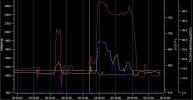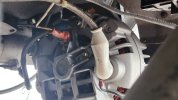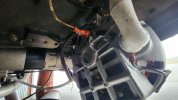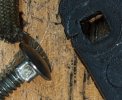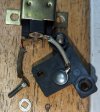Our alternator has become intermittent. A few weeks ago, all was fine on take off and during some local flight and then the alternator light came on. Cycling the switch didn't help. Went back and landed and at low power the alternator came back. Replaced the voltage regulator. Took plane up today. Again, fine on the ground. But in the pattern at full power, the alternator light came on. Cycled switch. Nothing changed. Landed and alternator was back on.
Any experience with an intermittent alternator that works at low power but kicks off at high power?
Any experience with an intermittent alternator that works at low power but kicks off at high power?


